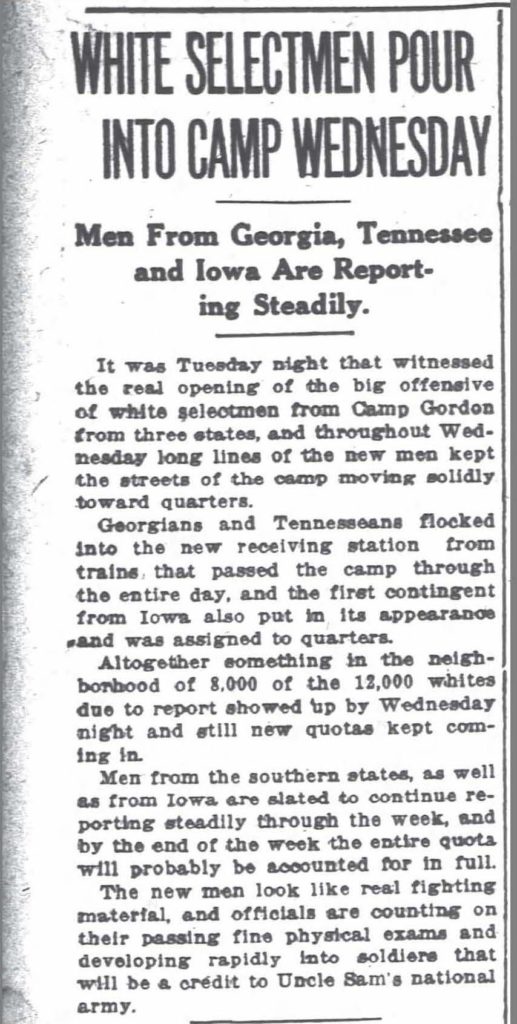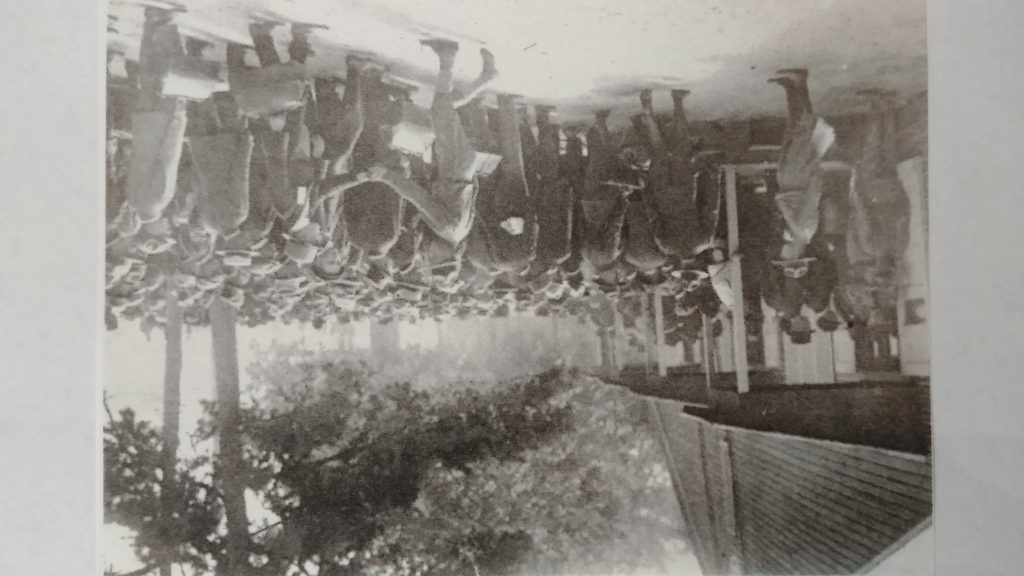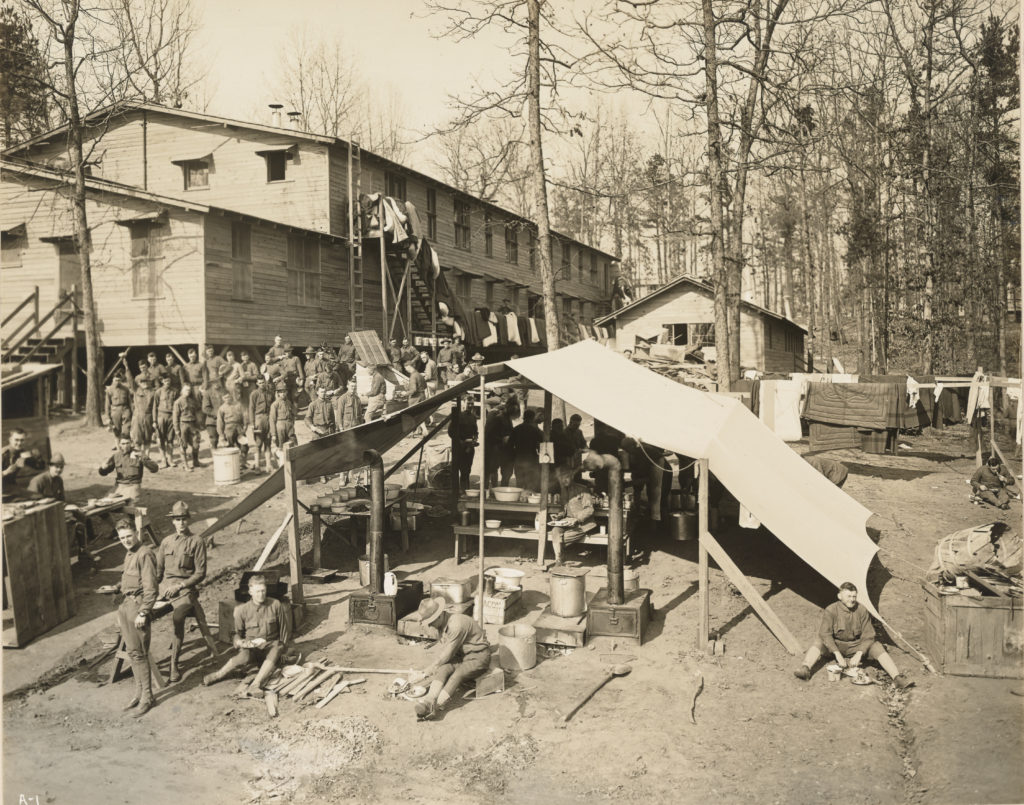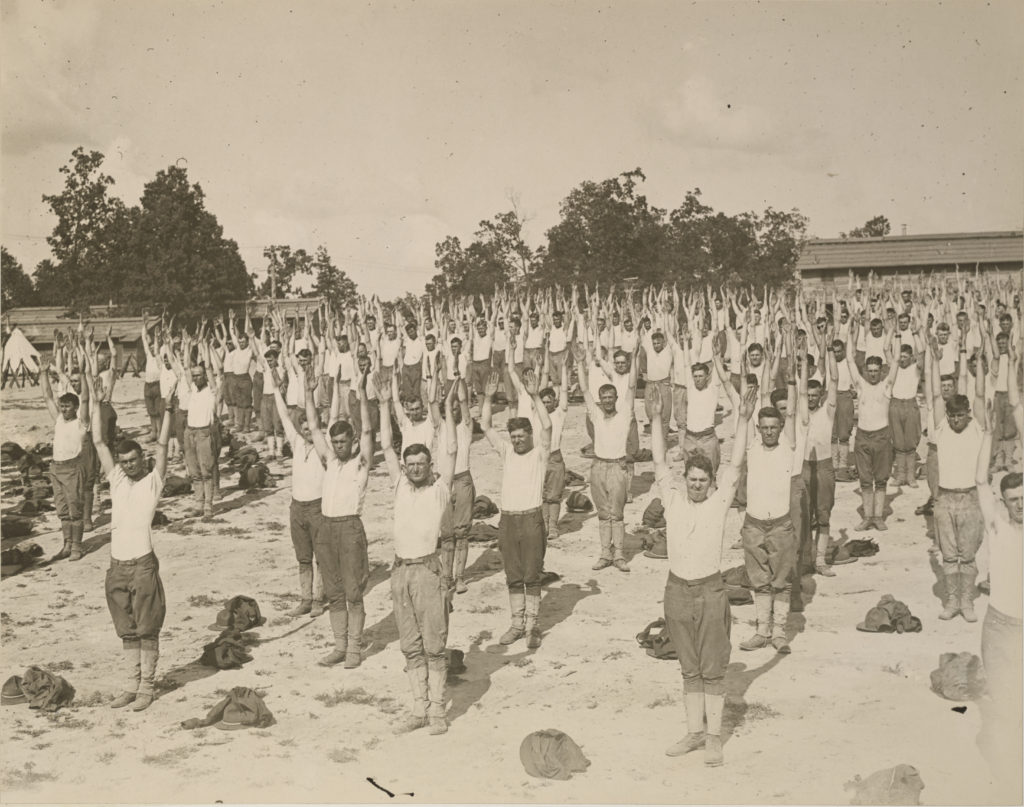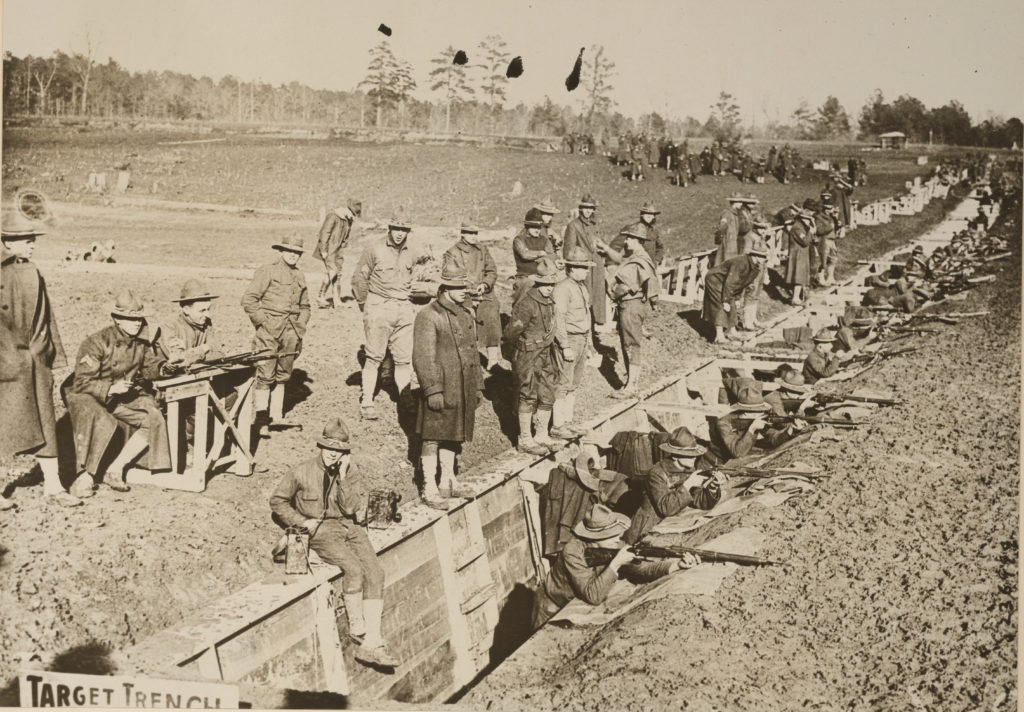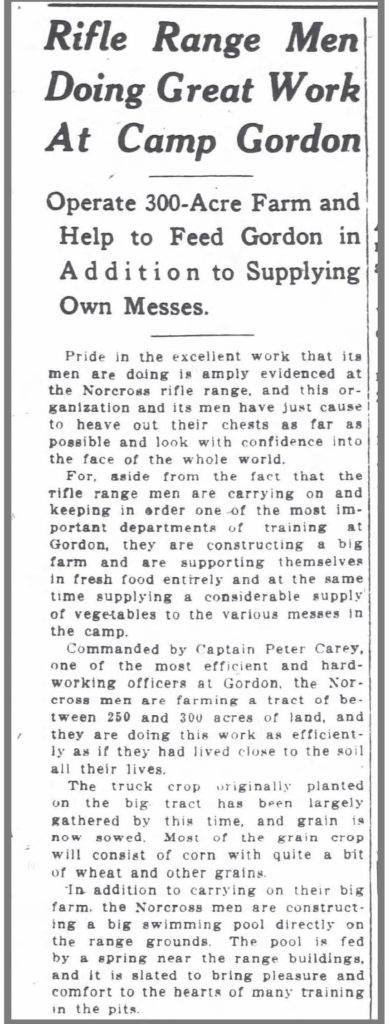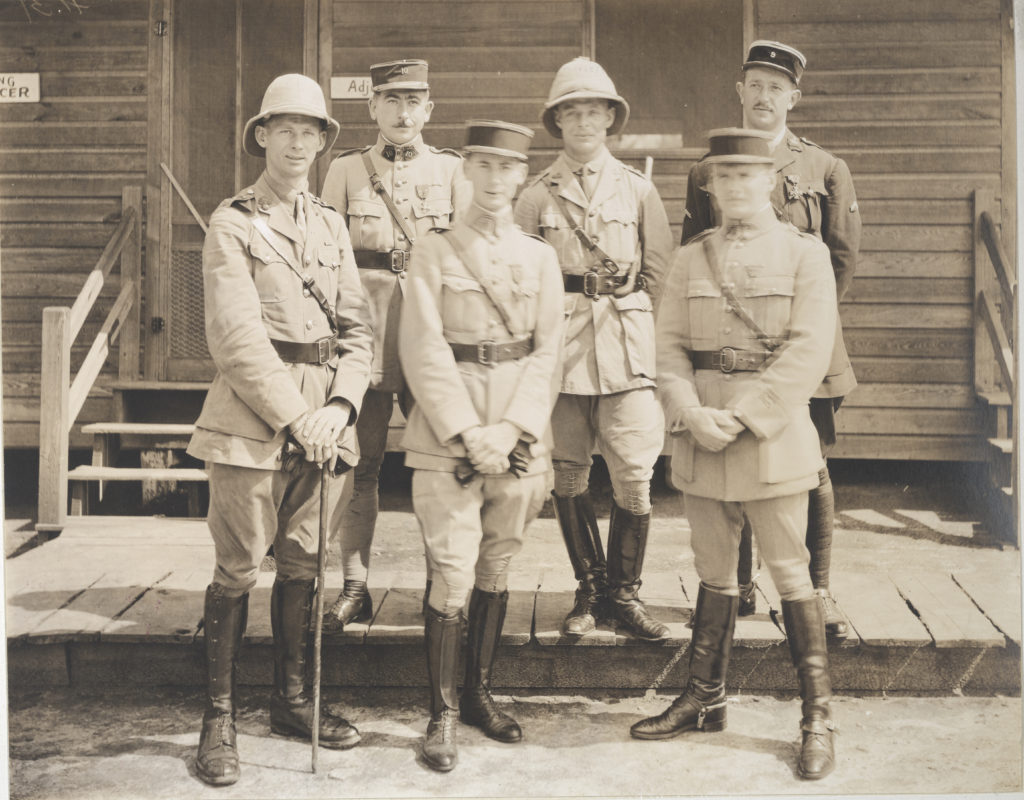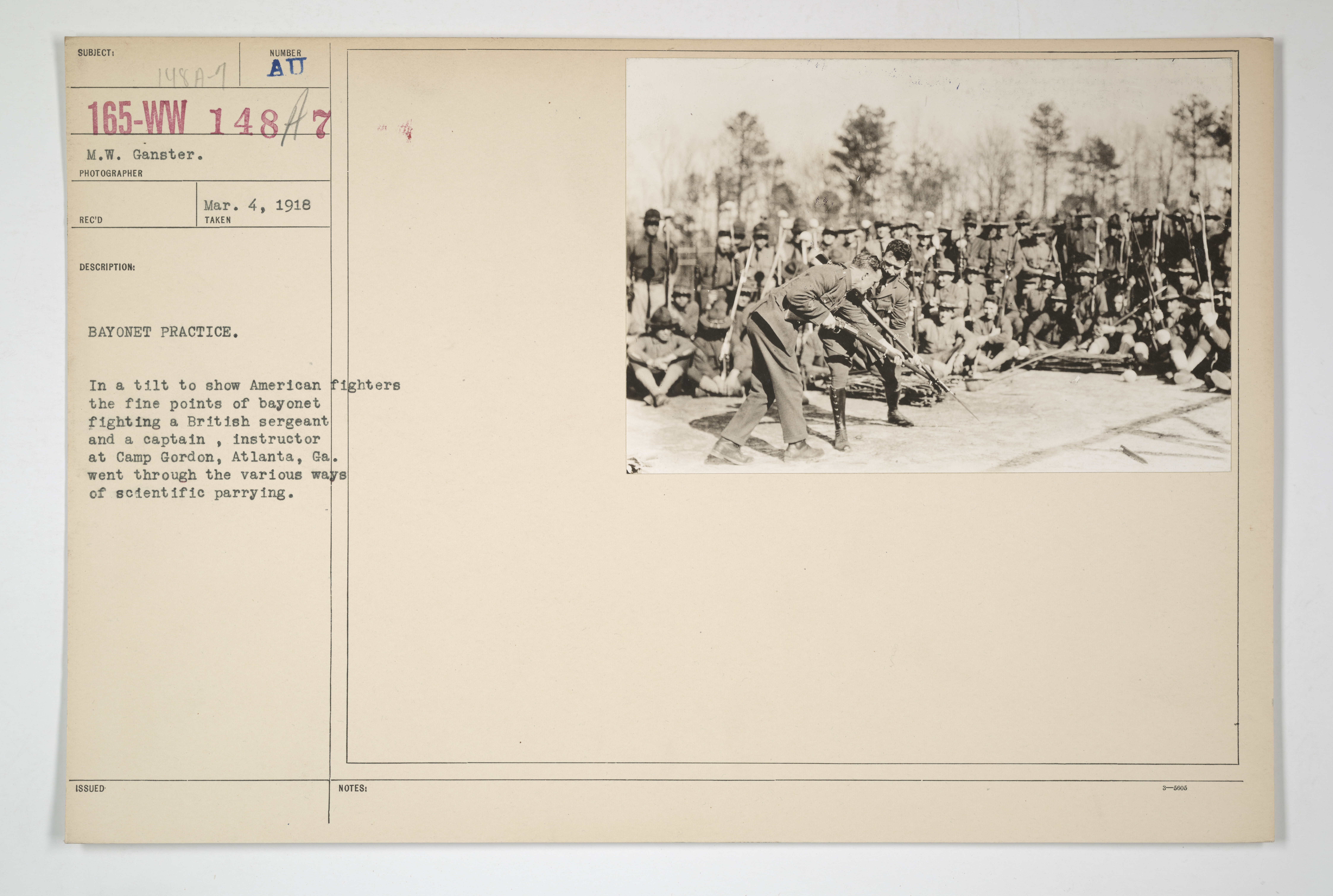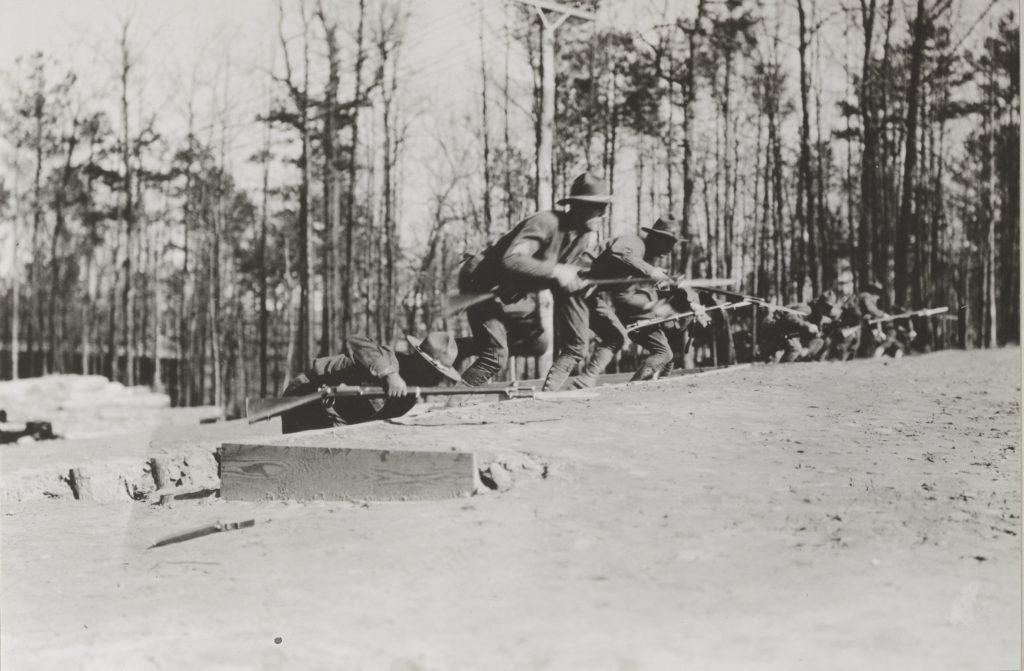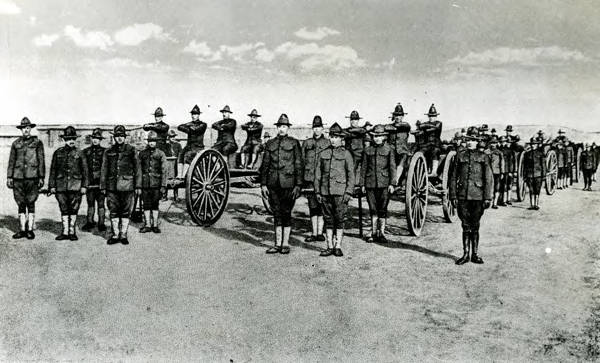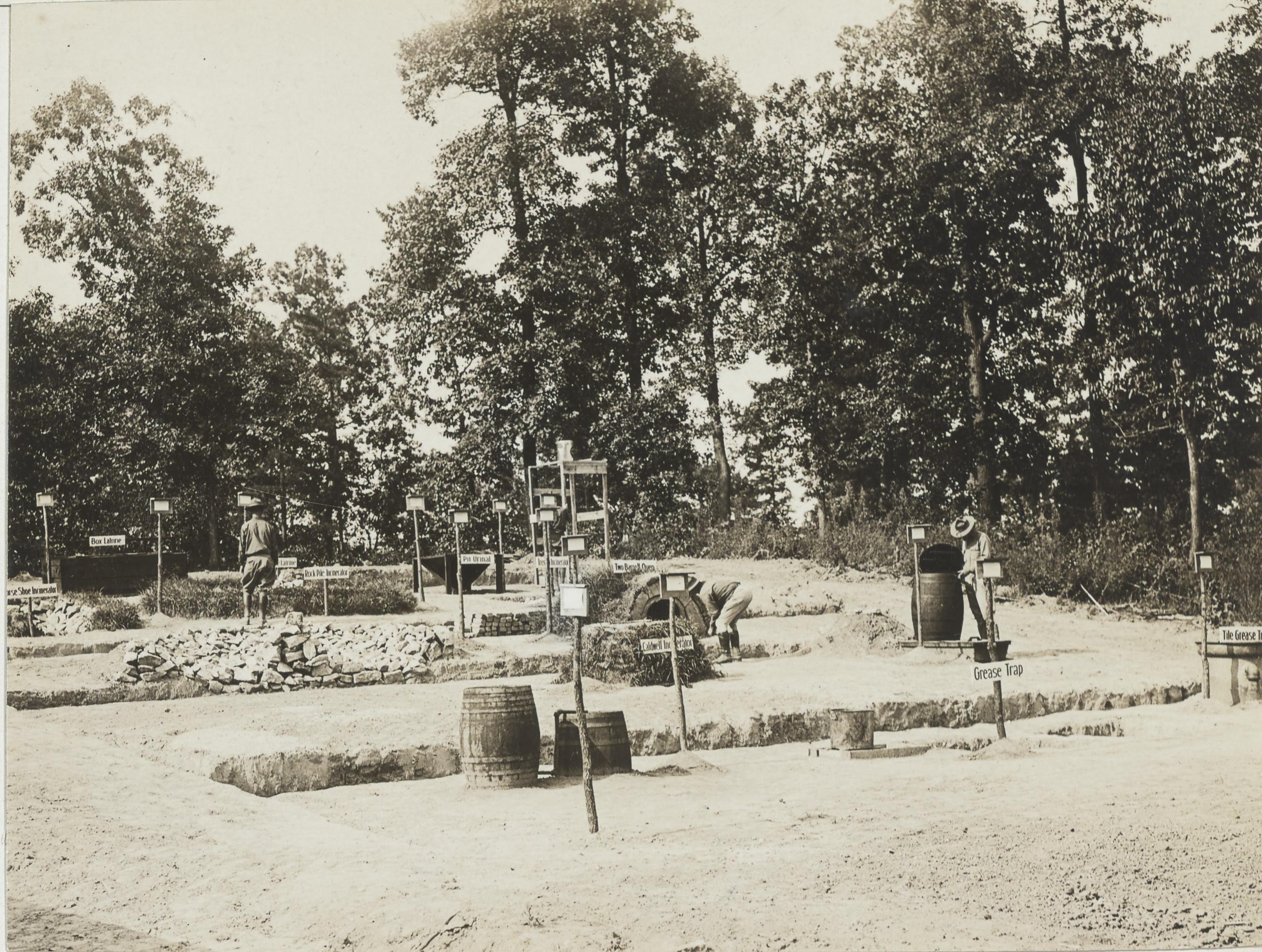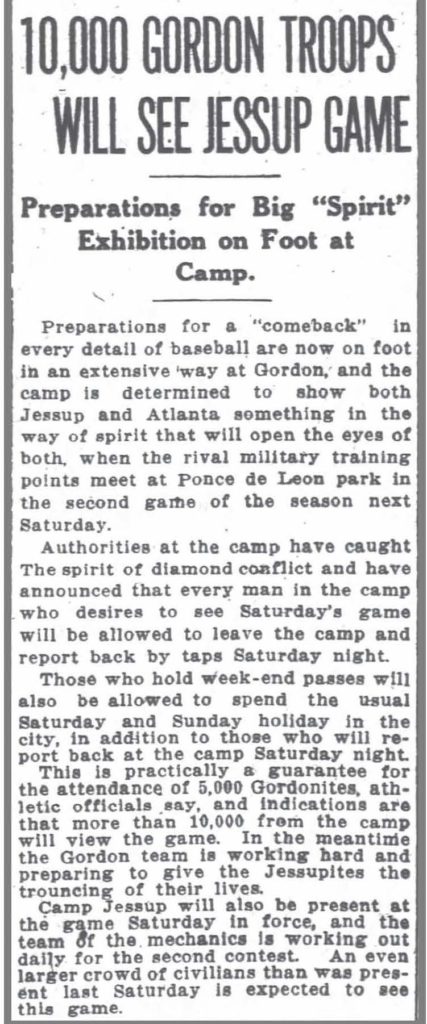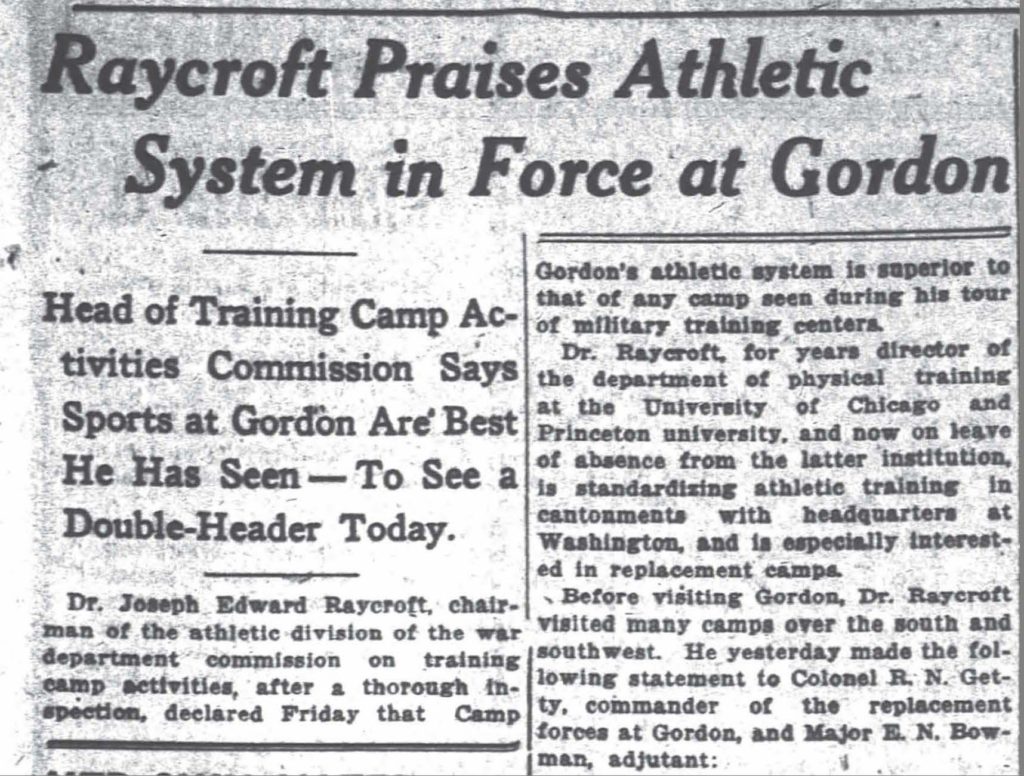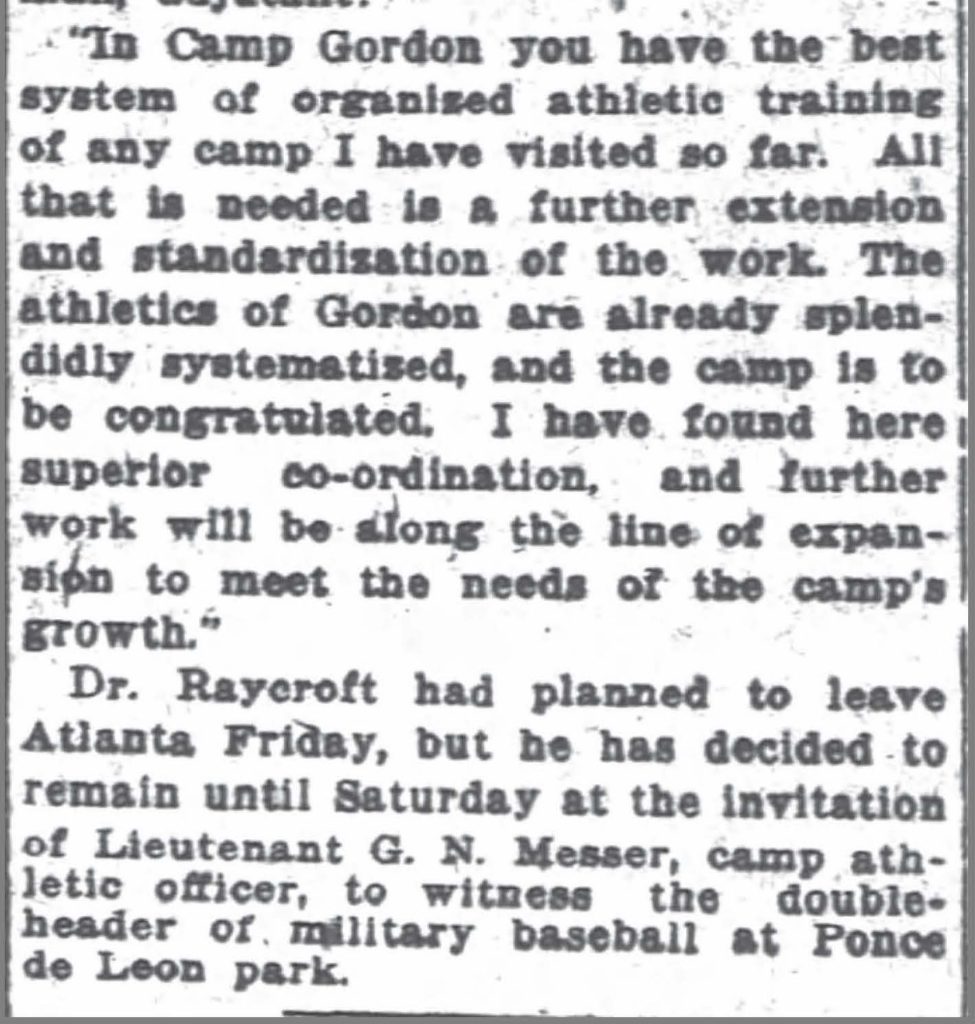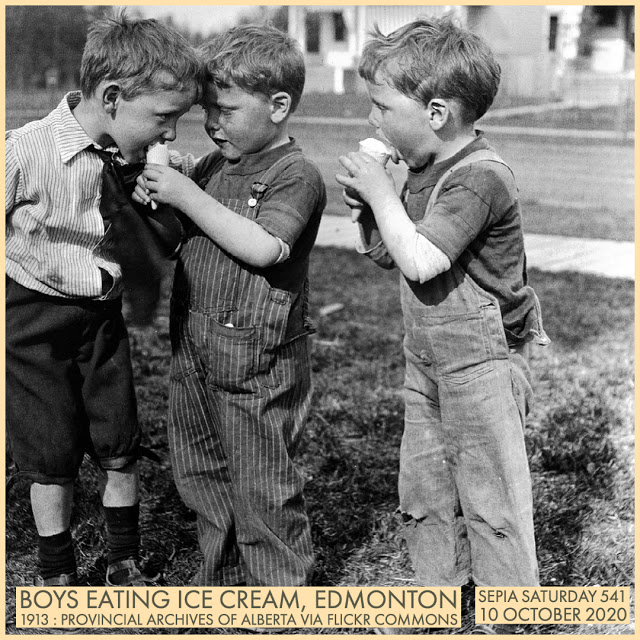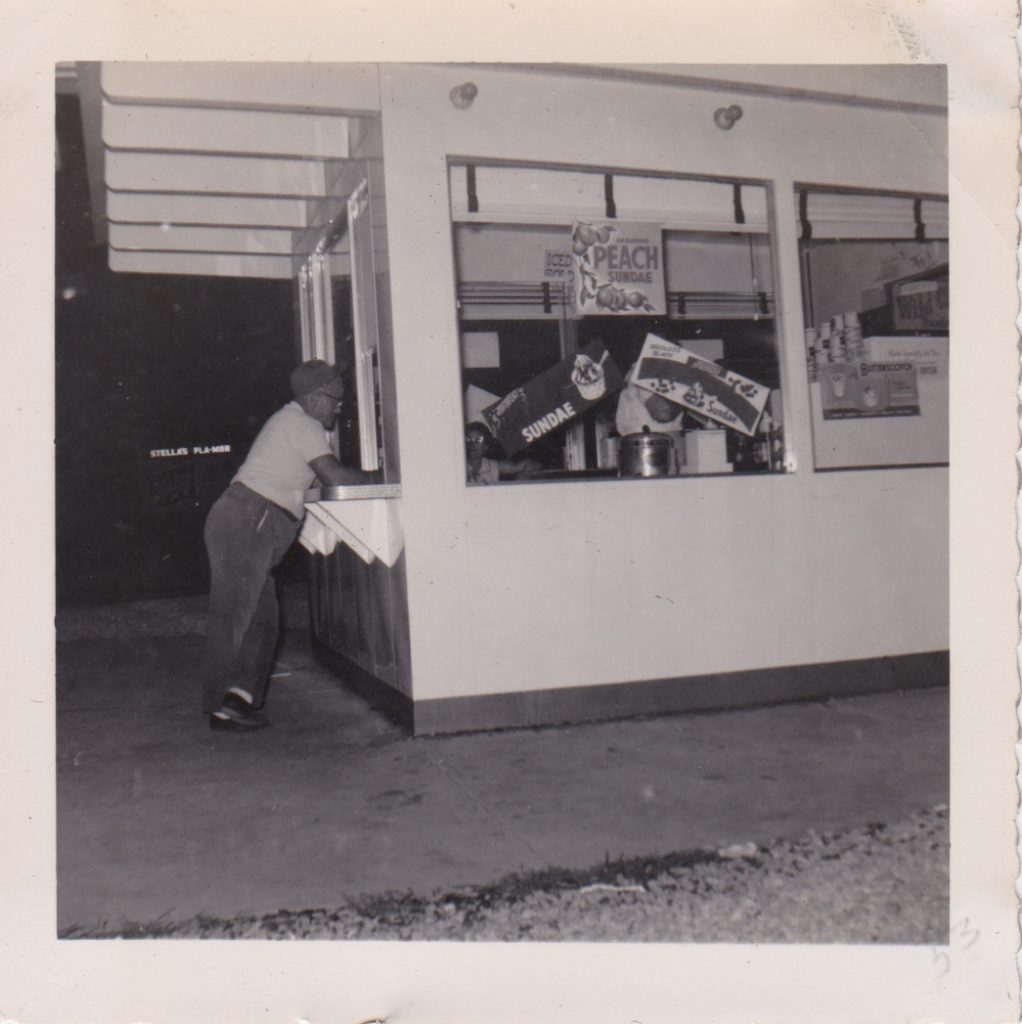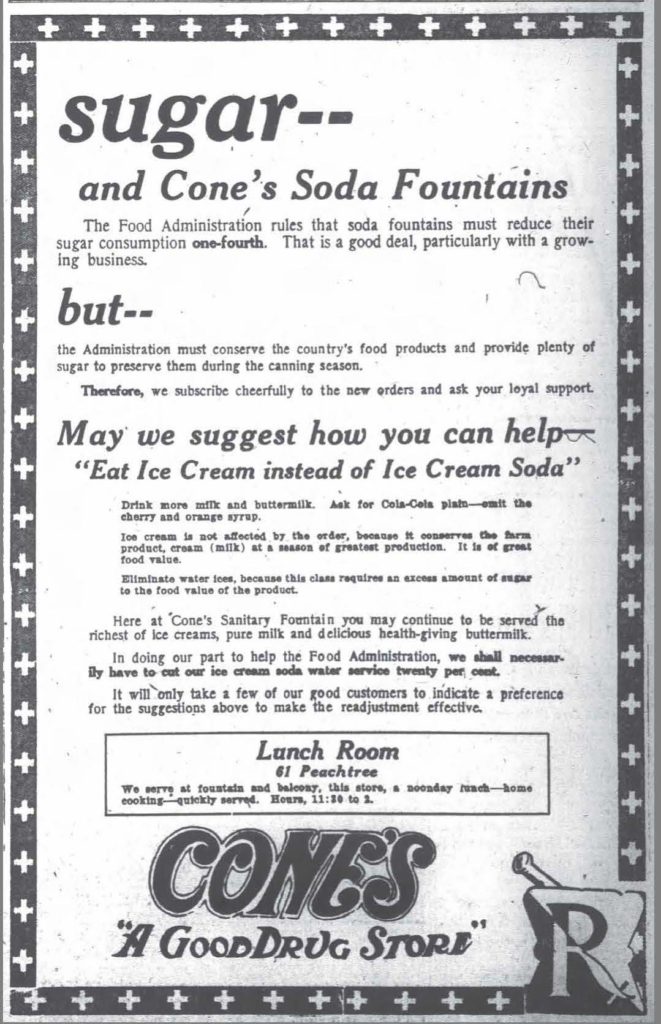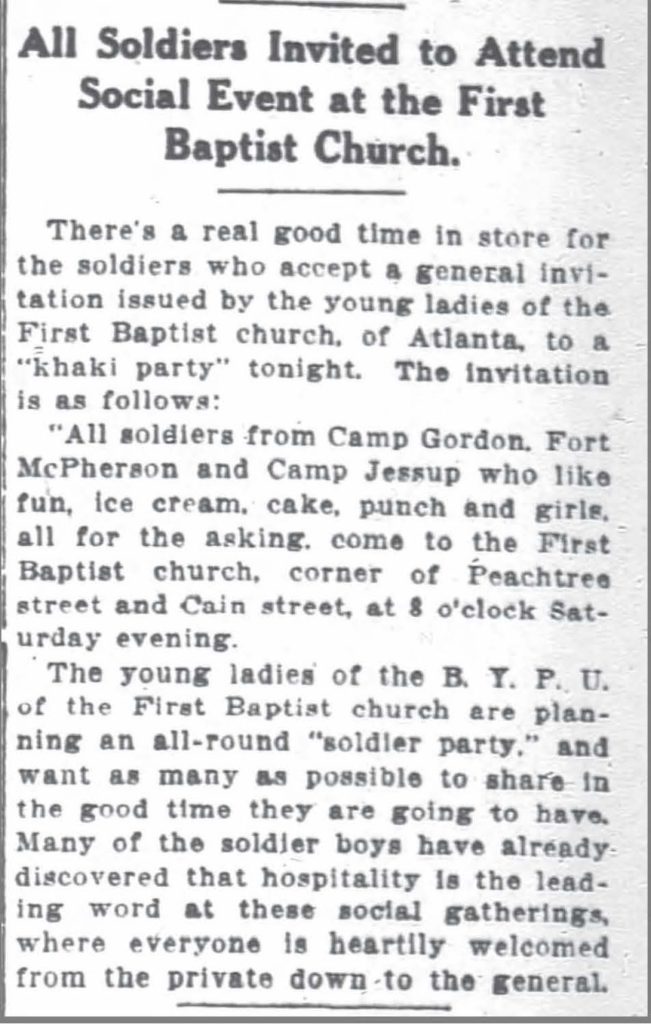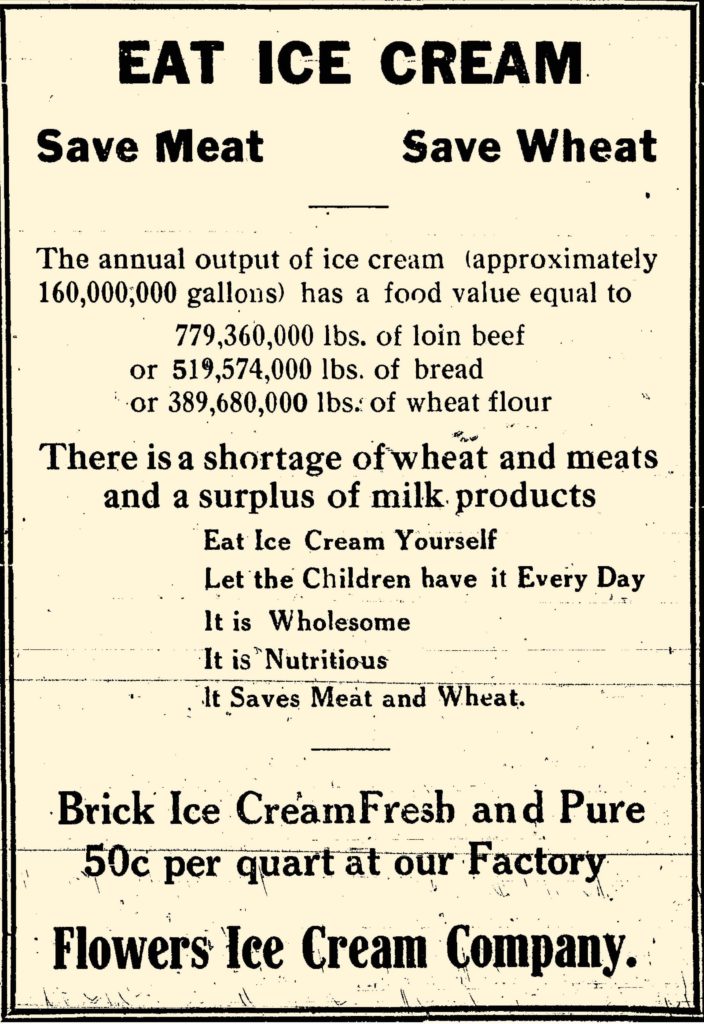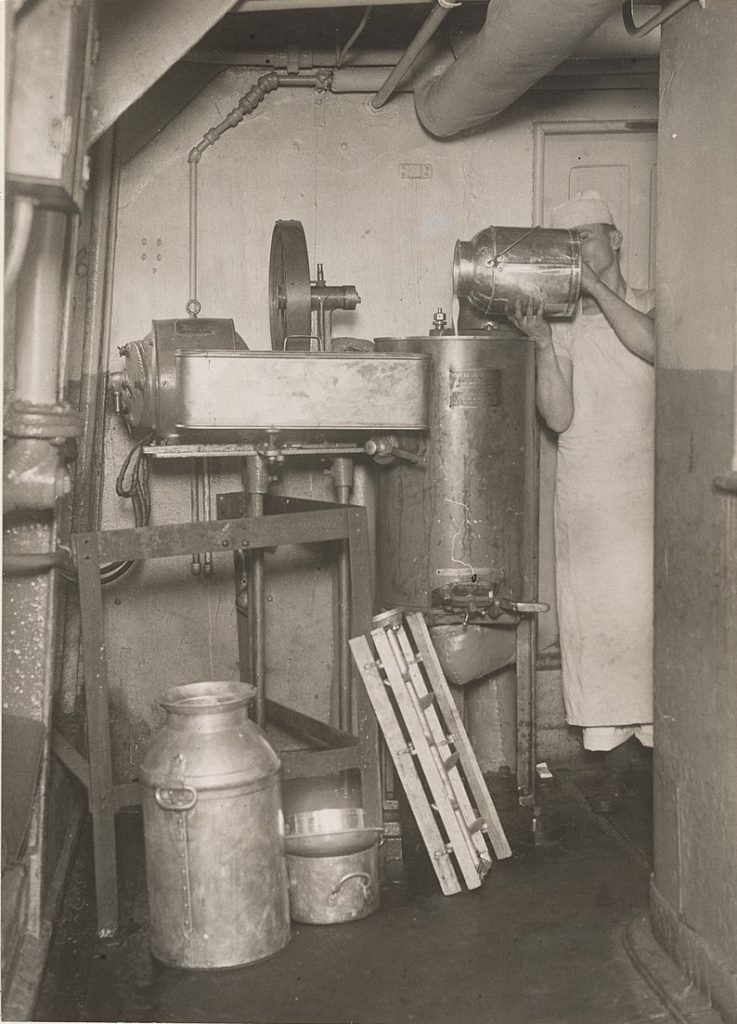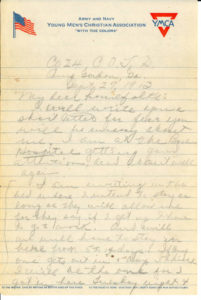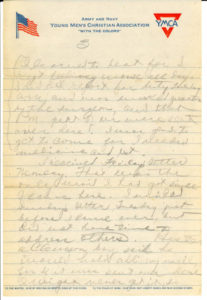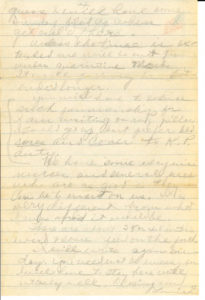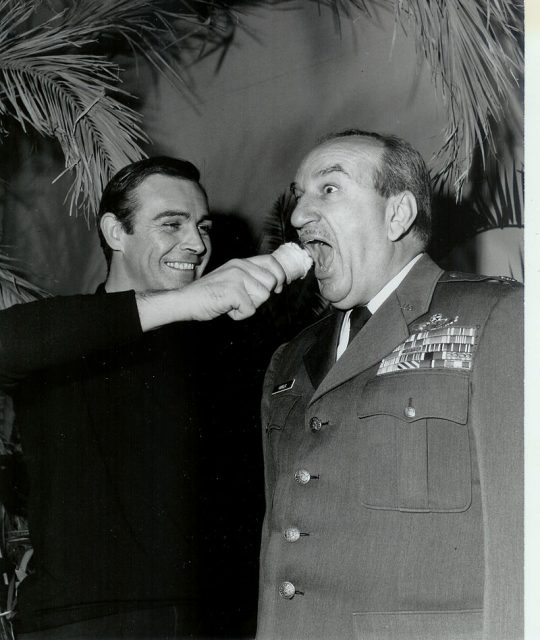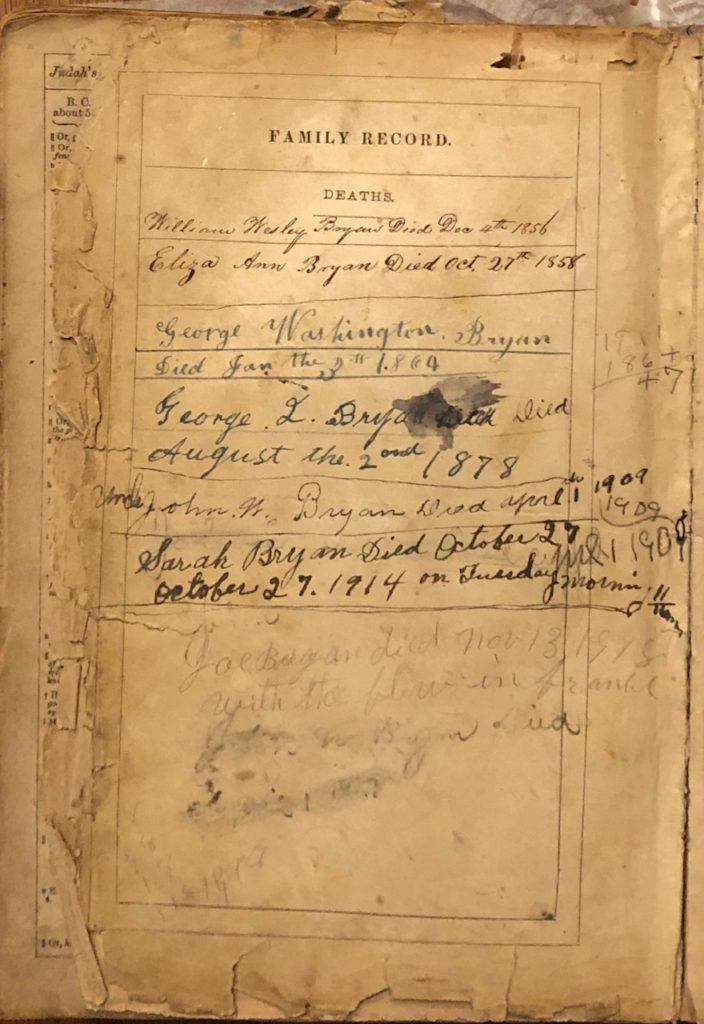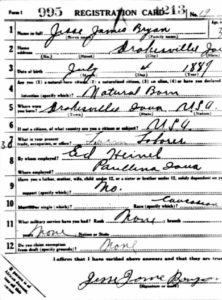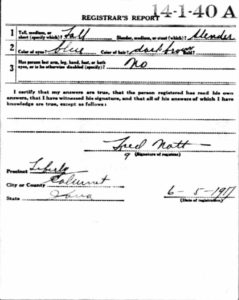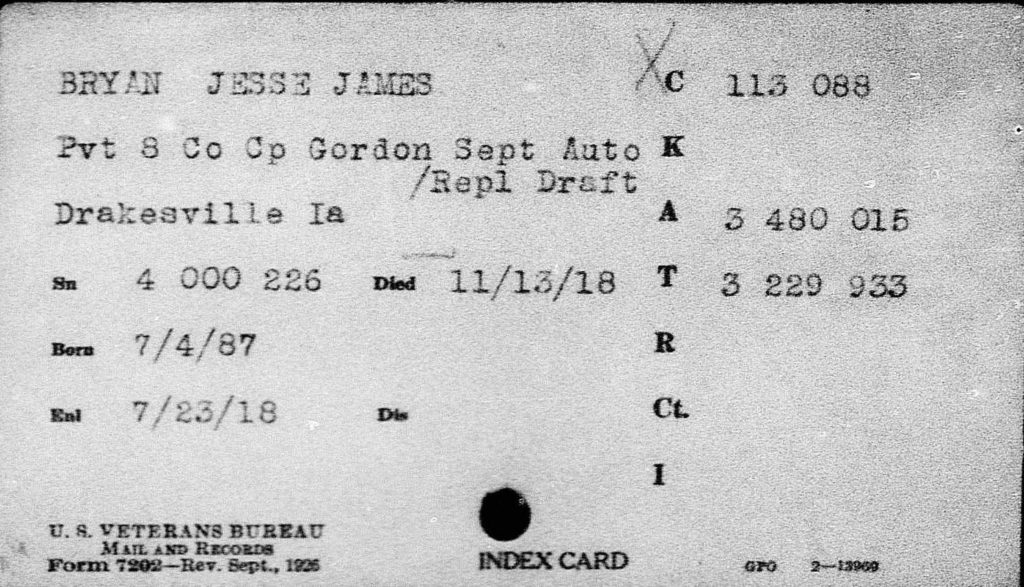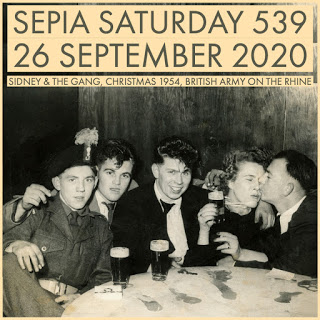Sepia Saturday provides bloggers with an opportunity to share their history through the medium of photographs. Historical photographs of any age or kind become the launchpad for explorations of family history, local history and social history in fact or fiction, poetry or prose, words or further images. If you want to play along, sign up to the link, try to visit as many of the other participants as possible, and have fun.
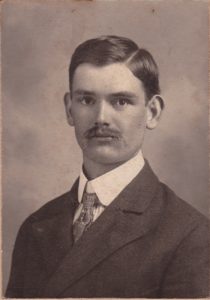 I’m continuing a series on how epidemics, pandemics, and other public health crises have affected my families. Today is a look at what life at Camp Gordon, GA might have been like for Jesse James Bryan. His daily life in the Army included a lot of physical exercise, although not on a beach.
I’m continuing a series on how epidemics, pandemics, and other public health crises have affected my families. Today is a look at what life at Camp Gordon, GA might have been like for Jesse James Bryan. His daily life in the Army included a lot of physical exercise, although not on a beach.
You can catch up on the series here:
Woodrow Wilson (Woodye) Webber
Lizzie Strange
Jesse James Bryan, part 1
Ice Cream for what ails you
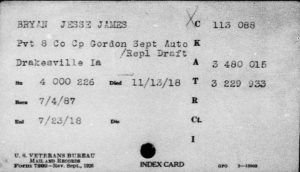 Jesse (Joe) Bryan was first cousin to my grandfather Thomas Hoskins.
Jesse (Joe) Bryan was first cousin to my grandfather Thomas Hoskins.
The index card that verifies Jesse Bryan’s death also provides his date of enlistment – 23 July 1918. My assumption was that this was the day he arrived at Camp Gordon, Georgia. I have read that, in order to ensure better behavior among the men catching trains to report for duty, the Army decided to provide the men arm bands and papers so that they were under the authority of the military before they got on the trains. So it is possible this date is not the day he arrived, but the day he came under the authority of the Army. His train trip probably took a couple of days. In either case, it was late July when Jesse entered military service. He had just celebrated his thirty-first birthday on July 4.
This newspaper clipping from the Atlanta Constitution confirms that a large number of new recruits from Iowa arrived that week. Did Jesse know anyone on the train with him? Did he meet some fellow recruits on the train? Did they stick together once they arrived?
July 23rd was a Tuesday and the clipping above states that approximately 8,000 men had arrived by Wednesday. At its peak, Camp Gordon, located where the DeKalb-Peachtree Airport is now, held 46,000 troops. The photo below shows officers meeting new recruits at Camp Gordon in front of the YMCA building, where they were processed. The photo is not dated, but the day Jesse Bryan arrived at Camp Gordon may have looked something like this.
Searching newspaper clippings, it has been interesting to note that nearly every article includes a reference to “white” soldiers – or to “Negro” or “colored” soldiers. There were both at Camp Gordon, but the rules of Jim Crow applied and these fellow soldiers occupied opposite sides of the large camp. Camp Gordon reflected a wide variety of cultures, ethnicities, religions, and languages. Many of the recruits were immigrants who did not speak English, so language classes were also part of training. For a farm boy from Iowa, who had likely only traveled into neighboring states, this must have been a new experience on several fronts.
Jesse was recruited as part of The Personnel Replacement System – he in the September Automatic Replacement Draft. I haven’t been able to determine what number (First, Second, etc.) the September ARD was, which might have given me the opportunity to be more specific about Jesse’s time at Camp Gordon. Rather than being assigned to units that would be shipped off together and serve together in the war, the draft replacement recruits were given general training and were assigned where ever they were needed once they arrived in France.
“The Army began its initial foray into individual replacement training following the overseas deployment of its combat divisions in late spring 1918. Heavy combat losses required an individual replacement system to maintain the integrity of front line units. Depot staffs provided immunizations, medical examinations, job classification interviews, proficiency testing, and initial uniform issue to new recruits. The overworked and understaffed cadre had little time to conduct Soldier training other than rudimentary manual of arms drill and marching. The Army established fourteen Replacement Training Centers (RTCs) at camps vacated by deployed divisions in spring 1918. The hastily formed centers and training cadre required time to incorporate the systems and processes required for individual Soldier training. The centers were operating at full capacity by August 1918. The cadre created a 12-day training program for individual Soldier training and received augmentation from veteran officers and non-commissioned officers returning from France. New troops were assigned to a replacement battalion for additional training upon arrival in France. Replacement battalions emulated the French and British models and conducted training designed to reinforce basic Soldier skills and accustom green men to the operating environment.” Excerpt from:
Learning the Lessons
Once he was processed, Jesse would have been assigned to his barracks and I would guess that training began immediately. I wonder if everyone called him by his given name, Jesse, or by the name his friends and family called him – Joe.

The photo below is titled “At Mess, Camp Gordon.” So much going on in this photo! I downloaded the high res image, so it takes a minute to load if you click to enlarge, but it’s worth it. You can also zoom in once it is enlarged to take an even closer look.
I imagine the soldiers were happy to take off those wool jackets for exercise.
Groups rotated in and out of the Norcross Rifle Range, located seven miles north of Camp Gordon. Each group stayed there for about a week.
Jesse’s farm experience must have come in handy while training at Norcross.
Since the soldiers were training to fight a war in Europe, foreign instructors provided training useful for the French landscape (like rifle training in trenches pictured above) and in the use of bayonets.
“In a tilt to show American fighters the fine points of bayonet fighting a British sergeant and a captain, instructor at Camp Gordon, Atlanta, Ga. went through the various ways of scientific parrying.”
I would guess that this excerpt from Learning the Lessons about recruits at Camp Greene in January 1918 would have also applied to the new recruits at Camp Gordon:
“Instilling the killer instinct also proved difficult. The division Chief of Staff, COL Christian A. Bach, summed up the problem: Many of the men drafted had never struck a blow in anger in their lives. The bayonet instilled a fighting spirit and gave them individual aggressiveness, but it was never really popular. The rifle was the national arm of the American people, and they do not take kindly to the use of cutting or thrusting weapons. But, although the men of the 4th Division had few occasions to use their bayonets in hand-tohand fighting, the training received was of real value and had a distinct psychological effect.”
Soldiers were trained to go “over the top,”
small arms, hand grenades, marching, bombing, machine guns, drills …
This photo, titled “Camp Gordon Sanitary Museum” leaves me with more questions than answers. Take a closer look.
The camp also provided resources for relaxation and edification – a library, YMCA, religious services, and entertainment. Did Jesse take some solace in conversation with other soldiers and the YWCA volunteers?

The Saturday after Jesse arrived at Camp Gordon, there was a big baseball game between the Gordon team and the team from Camp Jessup. It was reported that 10,000 from Camp Gordon would view the game. Was Jesse one of them? Did he get a pass to go into Atlanta during his first weekend?
In mid-August, a politician from Iowa who had a brother at Camp Gordon addressed the troops. Did Jesse listen to his fellow Iowan?
The exercise training program at Camp Gordon received high praise in a review conducted in late July/early August.
If you would like to see soldiers and their trainers in action, here you go! Around 8:00, the men are playing fitness games and may be having as much fun as those folks on the beach in the prompt photo.
There seems to be an emphasis on boxing as part of the physical training and I found lots of newspaper articles about boxing matches at camp as entertainment.
Jesse’s time at Camp Gordon was filled with a great amount of time engaged in physical training. Hopefully there were also a few laughs and a sense of camaraderie.
Work out a bit of stress and run over to visit others who have interpreted the prompt for Sepia Saturday.


